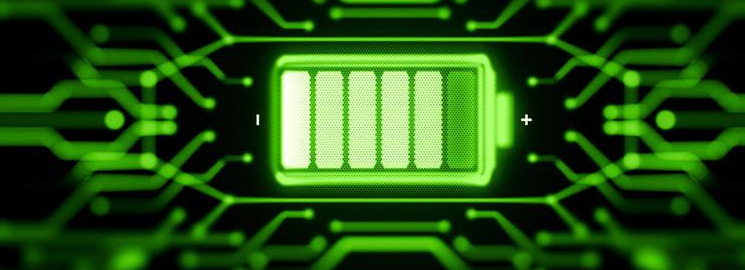What’s the biggest complaint people have about their smartphone? Battery life. For some it is even worse: a battery that slows down their phone. You can blame our increased use of these gadgets or you can blame the lithium-ion batteries themselves, neither of which will see a change anytime soon. The rechargeable batteries—found in everything from your telephone to your Tesla—don’t charge all that fast, hold less power as they age and, yes, can catch fire. While batteries seem to be moving at a slower clip than other tech development, one can be encouraged by products and concepts to help make them last longer.
A handful of companies are actually working on it. While the underlying technology is different the premise is similar. A transmitter placed somewhere in your house wirelessly sends power to receivers embedded in everything from smartphones to thermostats.
Back in January of this year, I got a look at some wireless power technology in Las Vegas during their annual Consumer Electronic Trade Show. In one demo, a giant transmitter installed in a wall lit up a lightbulb about 6 feet away. That same transmitter also powered special AA batteries, which powered a small LED light. One of the companies behind this says its technology can reach up to 30 feet right now, depending on transmitter size and the environment.
That said, there is one potential product that might make market soon and it is a computer monitor with a wireless transmitter built into the screen frame that can charge a mouse and keyboard.
The biggest obstacle right now seems to be getting the gadget makers to buy in to the technology—either because it simply isn’t ready for prime time or there isn’t an agreed upon standard yet. Others are still afraid its not entirely safe.
That said, it will probably be many years before there can be any distance between a wireless charger and a device. Apple, for instance, only just caught up with wireless mobile phone charging in their newest phones (the iPhone 8 and 10). Both are now able to charge without the use of a cable only if you place it onto a charging mat or stand.
Because batteries may not be getting better, our devices are getting smarter about using every little drop of their power. For instance, Huawei’s new smartphone, a Chinese smartphone manufacture, has an artificial-intelligence mobile chip in it just for the purpose to learn your usage behaviors and then optimize power allocation based on that. That said, both Apple and Android devices versions of their mobile device software provide settings on your battery usage as well.
I also think that improved processors in the devices will manage power better, along with more intelligent software, will provide the greatest leap in battery life in the coming years. So much of our gadgets’ power is still used up when we don’t need it.
Finally, smaller power bricks and phone cases are getting bigger and better batteries. Innovation in external-battery packs may sound like we are not innovating but until we reach the point when our AI-powered phones constantly pull wireless power from the walls, they are the best we’ve got.


Leave a Reply